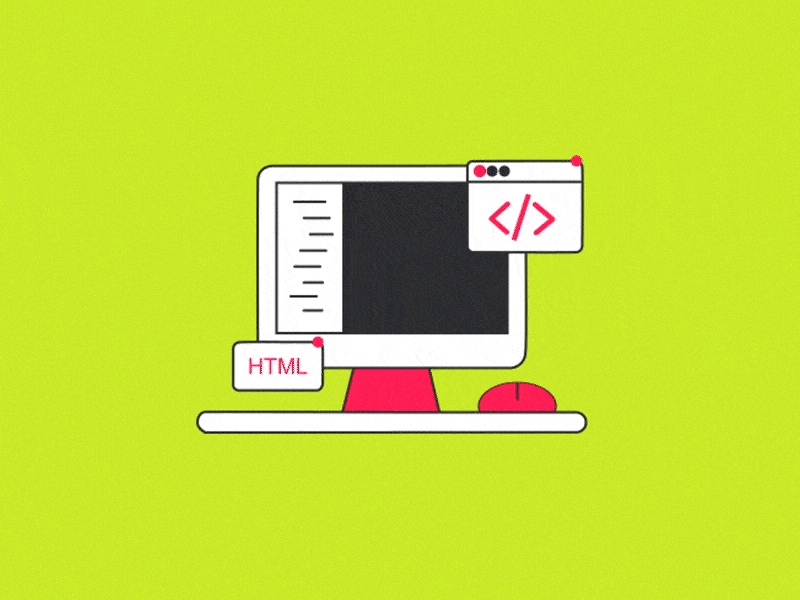Understanding HTML: The Backbone of Web Development

What is HTML?
HTML, or HyperText Markup Language, is the foundational language used to create web pages. It structures content on the internet, allowing browsers to interpret and display text, images, links, and other elements. HTML is essential for anyone looking to dive into web development, as it serves as the building block for web design.
The Basics of HTML
At its core, HTML consists of a series of elements or "tags" that define how content is organized and presented. Here are some fundamental components:
HTML Tags: Tags are enclosed in angle brackets (e.g.,
<tagname>). Common tags include:<html>: The root element that signifies an HTML document.<head>: Contains meta-information, links to stylesheets, and scripts.<title>: Sets the title of the web page displayed in the browser tab.<body>: Contains the content visible to users, such as text, images, and links.
Attributes: Tags can have attributes that provide additional information. For example:
<a href="https://example.com">Visit Example</a>: The href attribute specifies the URL for the link.Nested Elements: HTML allows for nesting elements to create a structured layout. For instance:
<div> <h1>Welcome to My Website</h1> <p>This is a paragraph of text.</p> </div>
Creating a Simple Web Page
To illustrate how HTML works, let’s create a basic web page:
<!DOCTYPE html> <html> <head> <title>My First Web Page</title> </head> <body> <h1>Hello, World!</h1> <p>This is my first paragraph in HTML.</p> <a href="https://www.example.com">Click here to learn more!</a> </body> </html>
Key Features of HTML
Semantic Elements: HTML5 introduced semantic tags like
<header>,<footer>,<article>, and<section>, which improve accessibility and SEO by providing meaning to the content.Forms and Input: HTML allows for the creation of forms for user input, using tags like
<form>,<input>,<textarea>, and<button>. This functionality is vital for interactive websites.Multimedia Support: With tags like
<img>,<audio>, and<video>, HTML supports various media types, enhancing user engagement.
HTML Best Practices
- Use Semantic HTML: Structure your content with appropriate tags to improve accessibility and SEO.
- Keep it Clean: Write clean and organized code with proper indentation and comments to enhance readability.
- Validate Your Code: Use tools like the W3C Markup Validation Service to check for errors in your HTML.
Conclusion
HTML is an essential skill for anyone interested in web development. Understanding its structure and functionalities lays the groundwork for creating visually appealing and well-structured web pages. As you embark on your journey into the world of web design, mastering HTML will empower you to bring your ideas to life on the internet. Happy coding!





0 Comments